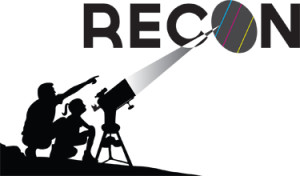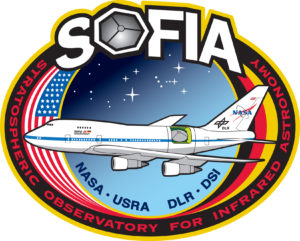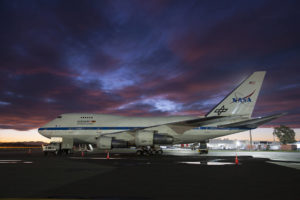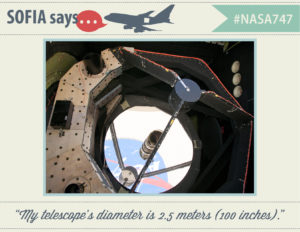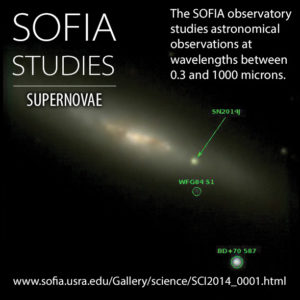There’s only 2 days left to submit proposals for K12 Online 2007. I’m late re-posting this, but better late than never I guess.
Preconference Keynote: David Warlick
David Warlick, a 30 year educator,has been a classroom teacher, district administrator, and staff consultant with the North Carolina State Department of Public Instruction. For the past ten years, Mr. Warlick has operated The Landmark Project, a consulting, and innovations firm in Raleigh, North Carolina. His web site, Landmarks for Schools, serves more than ten-million visits a month with some of the most popular teacher tools available on the Net. David is also the author of three books on instructional technology and 21st century literacy, and has spoken to audiences throughout the U.S., Europe, Asia, and South America. David blogs at http://davidwarlick.com/2cents/.
Classroom 2.0: Clarence Fisher
Clarence has been a classroom teacher for the past 13 years. He blogs professionally at remoteaccess.typepad.com,
with his class at mr-fisher.edublogs.org and has spoken at conferences across North America. Clarence has won several awards, including one of Canada’s highest teaching awards, the Prime Minister’s Award for Teaching for his integration of technology into daily classroom life. Clarence’s innovative classroom practices have been featured online, in books, magazines, and newspaper articles. He is an advocate of classroom 2.0, learning spaces that take complete advantage of the tools that are available to learners in their quest to learn rather than having school be something that is done to them.
New Tools: The Three Amigos: Alan Levine
Alan Levine Vice President, NMC Community and CTO for the New Media Consortium (NMC), an international consortium of more than 250 world-class universities, colleges, museums, research centers, and technology companies dedicated to using new technologies to inspire, energize, stimulate, and support learning and creative expression. He is widely recognized nationally and internationally for expertise in the application of new technologies to educational environments and was a pioneer on the web going back to 1993. Alan blogs at http://cogdogblog.com.
New Tools: The Three Amigos: Brian Lamb
Brian Lamb is Manager, Emerging Technologies and Digital Content with the Office of Learning Technology at The University of British Columbia. He teaches a course on “Text Technologies†for UBC’s Master of Educational Technology Program. He is also a Research Fellow with Utah State University’s Center for Open and Sustainable Learning. Brian maintains his weblog Abject Learning http://weblogs.elearning.ubc.ca/brian/, where he mutters ll-tempered observations on social learning, open education, disruptive technologies and other such things.
New Tools: The Three Amigos: D’Arcy Norman
D’arcy Norman is a software developer at the Teaching & Learning Centre, a service department at The University of Calgary. In his current primary role, as an educational technology developer, he explores new technologies and works with faculty to implement tools for blended learning. He has also been involved in the open source development of the Pachyderm project, an easy-to-use multimedia authoring tool. D’Arcy spends a fair amount of time thinking (and rethinking) about the concept of control and copyright, and how they might affect academia. D’Arcy blogs at http://www.darcynorman.net.
Personal Learning Networks: Derek Wenmouth
Derek is currently the Director of eLearning at CORE
Education Ltd based in Christchurch, New Zealand. He has a broad background in education, with experience at the primary and secondary school level, and as a teacher educator. He was manager of the eSection at The Correspondence School in Wellington and is currently an adviser to the Ministry of Education. Derek is a regular speaker at conferences and seminars, and maintains a regular blog where he shares his ideas and thinking across a range of areas relating to the use of ICT in teaching and learning. Derek blogs at http://blog.core-ed.net/derek.
Obstacles to Opportunities: Brian Crosby
Brian Crosby, an elementary teacher for 26 years, teaches fifth grade in Sparks, Nevada, and has infused technology into teaching since the 1980’s. While piloting a 1:1 laptop program, students in his class utilizie many Web 2.0 tools including Skype, Fiickr, blogs and wikis. His award winning student produced video about including a classmate that couldn’t attend school using video-conferencing software has been downloaded by thousands. Brian teaches several popular tech classes for teachers in his role as a Nevada Writing Project Consultant. You can try keeping up with him on his blog “Learning Is Messy” at http://www.learningismessy.com/blog/.
We strongly encourage you to join these educators at the conference by sharing your take on “playing with boundaries” in the use of Web 2.0 tools in classrooms and professional practice! It’s time to submit your proposal. The deadline is June 18, only 2 days away!
CALL FOR PROPOSALS:
This call encourages all, experienced and novice, to submit proposals to present at this conference via this link. Take this opportunity to share your successes, strategies, and tips in “playing with boundaries†in one of the four strands as described above.
Deadline for proposal submissions is June 18, 2007. You will be contacted no later than June 30, 2007 regarding your status.
Presentations may be delivered in any web-based medium that is downloadable (including but not limited to podcasts, screencasts, slide shows) and is due one week prior to the date it is published.
Please note that all presentations will be licensed Creative Commons Attribution-NonCommercial-ShareAlike 3.0 Unported.
As you draft your proposal, you may wish to consider the presentation topics listed below which were suggested in the comments on the K-12 Online Conference Blog:
special needs education
Creative Commons
Second Life
podcasting
iPods
video games in education
specific ideas, tips, mini lessons centered on pedagogical use of web 2.0 tools
overcoming institutional inertia and resistance
aligning Web 2.0 and other projects to national standards
getting your message across
how web 2.0 can assist those with disabilities
ePortfolios
classroom 2.0 activities at the elementary level
creating video for TeacherTube and YouTube
google docs
teacher/peer collaboration
